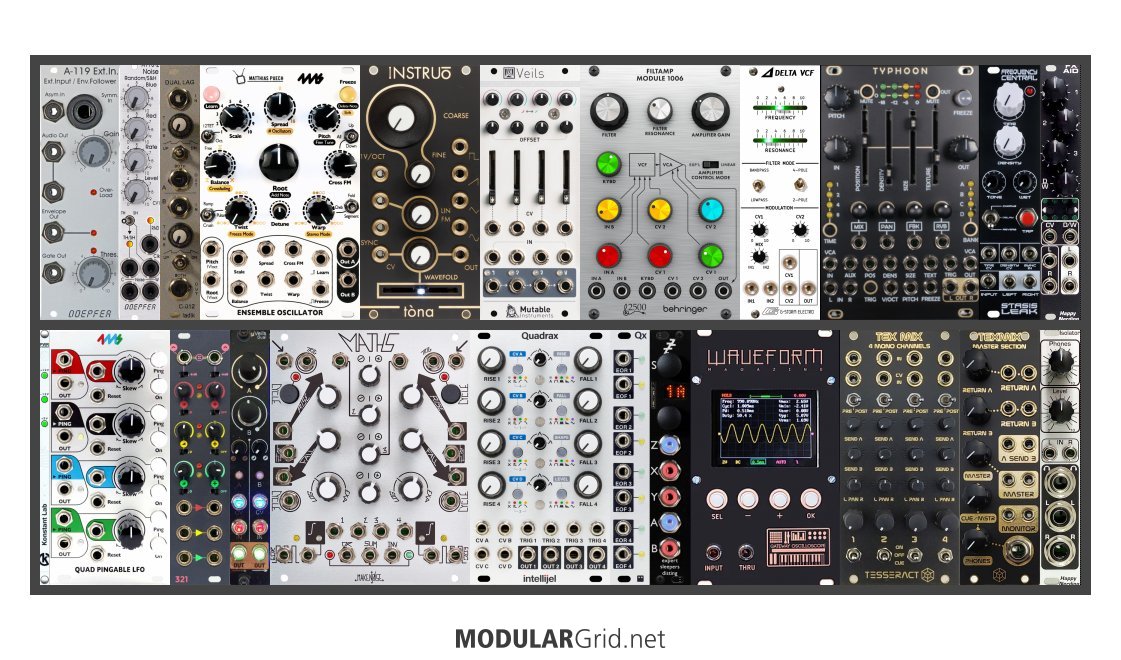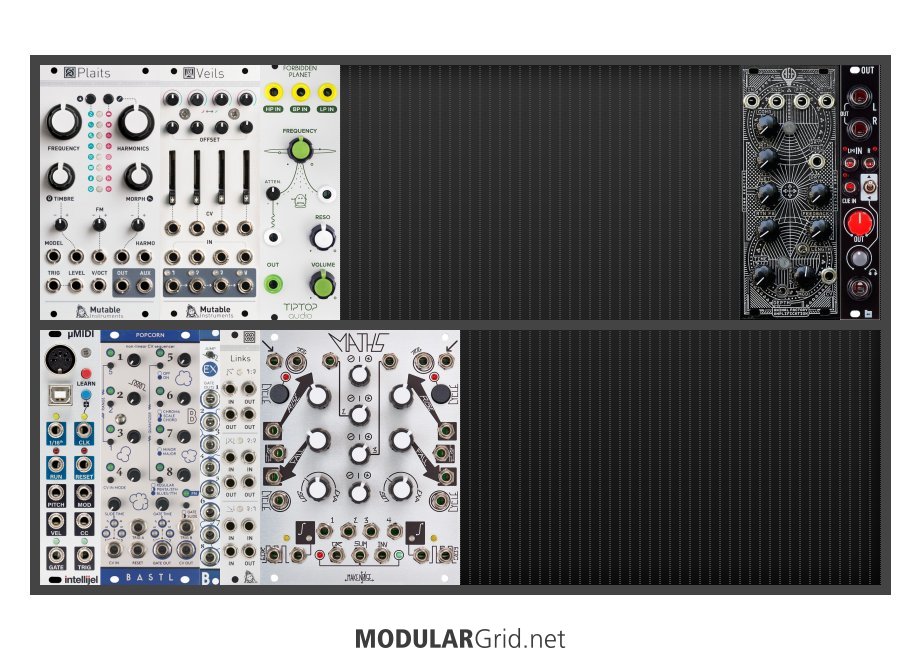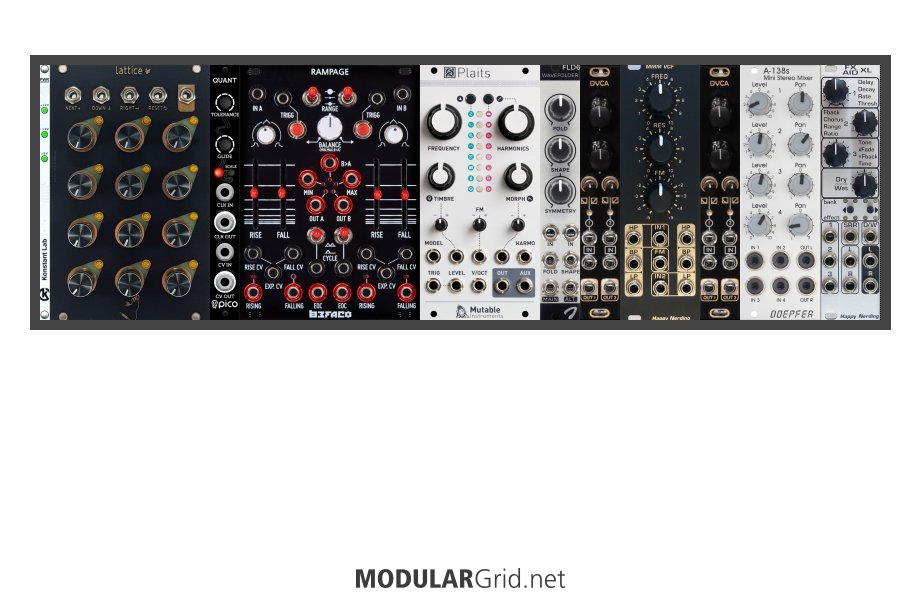OK...it arrived this morning. I got it unpacked around 10:30 AM.
Then when I checked my watch again after fiddling with the B1 and putting it through its paces...it was 12:30 PM.
It's the real deal, sound-wise...even with a 4-pole LPF, as it sounds curiously 3-pole-ish...like the real thing. The glide function has Roland's odd little "error" of not being a fully linear portamento. Run up the overdrive circuit and oh...my....
Suffice to say, the sound is far closer to what I'm used to out of a TB-303 than anything I've encountered in the 30 or so years that companies have been trying to clone the original. It can be nice and pure...or hostile and gritty AF! And yes...everything in between (for a change!).
As for the sequencer...it's also like the Roland's (ie: obtuse as hell), but some of this comes from the way the sequencer gets accessed, which is technically better than the TB-303...but it's definitely got a learning curve. But it can do things such as syncing to a number of different clocks...including, yes, the 24 ppqn DINsync...and even Korg's 48 ppqn! Oh...and MIDI out.
Also, there's a way around the sequencer's normal edit and enter modes: Donner came up with some basic software editing that can handle that, plus a few other surprises. Just connect the B1 via its USB-C port to your PC, done. But if you insist on using only the B1's UI, you'll find that the gimmicky-looking keypads are also a much better set of control indicators than the teensy LEDs of Roland's box. They're bright and super-obvious.
So...how does this fit in with modular? Well, the sequencer is easily connected to most anything via MIDI, so you can use the B1 as a 1-channel MIDI sequencer. And also, it's got that audio input, which lets you impose the VCF's sequenced filter behavior on an external signal. I 100% cannot stress the importance of that MIDI I/O; it's THE reason why you might want one to couple up with a monophonic Eurorack build as both a controller AND monophonic sequencer.
Better than Uli's? Yes. The internal feature set is better (thanks to the sequencer's capabilities), the form factor makes more sense these days, and the fact that it can be used as a PROPER synthesizer instead of being purely a sequencer box. And there's that SOUND again...seriously, the VCF can do that hollow "snarly" sound and the VCF controls (key to performing with a TB-303) are super-responsive and also react very well to the gate length, glide, etc. So you can use the MIDI out to sequence, then fire the output off to the B1's audio input and use your whole damn modular system as the "voice"! Woo-hoo!!!!!
But the biggest deal of all is this:
Cheapest original TB-303 on Reverb: $3395
Donner B1 that sounds and acts pretty much identical to the TB-303: $160.
Oh, and one other point...if you've been over to The Website Formerly Known As Gearslutz and checked the threads on this, you'll notice that there's one of Donner's reps there as well, and they want input on how to make this thing even better through another non-TB-303 function: firmware updates. They're actually interacting and as opposed to a certain other China-based MI firm, they're not making lofty vaporware proclamations and showing off speculative renders but actually communicating so that they can make this box do things WE like via other actual users' input. What's not to like?
Lastly, the box lists some useful info for those of you in the EU and UK...distributor contact info. So for those wanting to know when this is available over there, here's the contacts:
UK: tanmetbiz@outlook.com
EU (Germany): utaundico@hotmail.com
I might sound a bit overhyped here about this, TBH...but this really is a big gamechanger, both in terms of being the best 303-alike ever, and in terms of moving the TB-303's design forward, rather than slavishly copying the original version. It's really that good!







